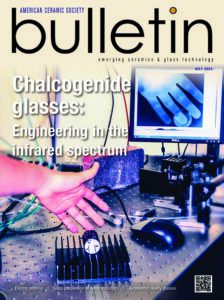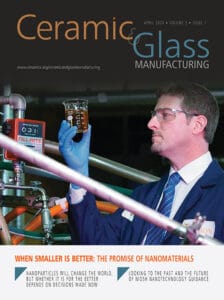Plenary Speakers
Guus rijnders, professor, MESA+ Institute for Nanotechnology, Univeristy of Twente, netherlands
Novel Functionalities in Atomically Controlled Oxide Heterostructures by Pulsed Laser Deposition
Abstract: Complex oxides of the transition metals are of great importance and interest both from a fundamental science as well as a technological point of view. With regards to fundamental science, complex oxides show an interplay between strong electron correlations, band behaviour, as well as rich repertoire of ordering phenomena in the spin and orbital sectors making them an enduring focus of theoretical and experimental investigation.
Recent progress in epitaxy-based thin film growth approaches has added a dimension to complex oxide research, providing opportunities to improve experimental control over the properties of the system. We now possess a number of tools that can be used to design novel functionalities in complex oxides.
We have demonstrated recently that strong oxygen octahedral coupling at interfaces transfers the octahedral rotation from one oxide into the other at the interface region. As a result, we possess control of magnetic and electronic properties by atomic scale design of the oxygen octahedral rotation. In this contribution I will highlight recent work on magnetic anisotropy in manganites, as well as the control of the metal-to-insulator transition temperature in nickelate heterostructures and superlattices.
I will furthermore highlight some recent new insights in the “physics” of pulsed laser deposition of complex oxides, as well as the large-scale integration of epitaxial oxides on Si-wafers up to 200 mm in diameter.
Elizabeth Dickey, Professor and Associate Head of the Department of Materials Science and Engineering, North Carolina State University, USA
Defect Disorder and Dynamics in Functional Oxides
Abstract: Lattice defects play an important role in the dielectric and conductivity properties of ceramic materials, and thus great effort is expended on controlling point defect equilibria via doping, oxygen activity and temperature control during processing. In device applications, because lattice defects are typically charged, applied electric fields provide a strong driving force for defect migration, and their spatio-temporal redistribution depends on the electric potential distribution and the interfacial exchange kinetics. Ultimately this process leads to spatially varying conductivity profiles and often a concomitant macroscopic increase in leakage current in many dielectric materials. While this leakage current enhancement is detrimental in devices such as capacitors, the phenomenon can be utilized to form novel functional behaviors such as resistive switching in metal-oxides. Furthermore, the use of electric fields in processing ceramic materials, e.g. flash sintering, can lead to analogous electromigration processes resulting in long-range chemical and microstructural gradients. This talk will review our current understanding and implications of point defect electromigration in important electroceramic materials.
Subscribe to Ceramic Tech Today

Don’t miss the latest ceramic and glass materials news. Receive the CTT newsletter to your email three times a week by subscribing at this link.
Subscribe to Ceramic & Glass Manufacturing Weekly

Don’t miss the latest ceramic and glass business news. Receive the C&GM Weekly newsletter to your email every Monday by subscribing at this link.


